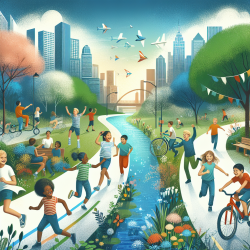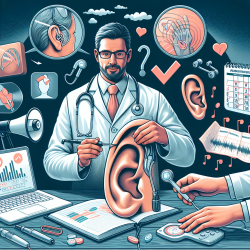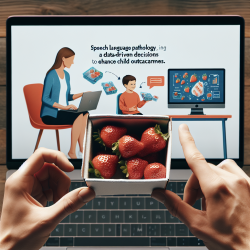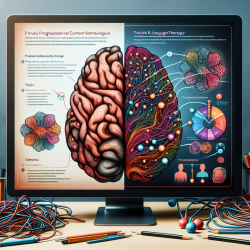Introduction to Urban Greenways
Urban greenways are not just pathways for walking or cycling; they are vital components of urban planning that can significantly impact the physical activity, health, wellbeing, and social environment of communities. The PARC study, a natural experiment conducted in Northern Ireland, provides valuable insights into the effects of urban greenways. This blog explores how practitioners, especially those working with children, can leverage these findings to enhance their practice and improve outcomes for children.
Key Findings from the PARC Study
The PARC study investigated the impact of a new urban greenway on various health and social outcomes. Here are some key findings:
- Physical Activity: While the overall physical activity levels did not show significant improvement, the greenway provided a safe and attractive environment that encouraged physical activity among residents.
- Quality of Life: The study observed a decline in quality of life metrics post-intervention, but this decline was less pronounced in areas near the greenway compared to control areas.
- Social Environment: Positive perceptions of the local environment, including its attractiveness and safety, increased significantly.
Implications for Practitioners
For practitioners in speech-language pathology and related fields, these findings offer several implications:
- Encouraging Outdoor Activities: Practitioners can encourage families to utilize greenways for outdoor activities, which can promote physical health and social interaction, crucial for language development.
- Community Engagement: Collaborating with local community organizations to promote the use of greenways can enhance social capital and create supportive environments for children’s development.
- Holistic Approach: Integrating greenway use into therapy plans can offer a holistic approach to child development, addressing physical, social, and emotional needs.
Encouraging Further Research
While the PARC study provides valuable insights, it also highlights the complexity of evaluating urban interventions. Practitioners are encouraged to conduct further research to explore long-term impacts and develop methodologies that capture the multifaceted nature of urban greenways.
Conclusion
Urban greenways hold significant potential for enhancing the physical and social environments of communities, particularly for children. By understanding and implementing the findings from the PARC study, practitioners can contribute to creating healthier, more supportive environments for child development.
To read the original research paper, please follow this link: Investigating the physical activity, health, wellbeing, social and environmental effects of a new urban greenway: a natural experiment (the PARC study).










